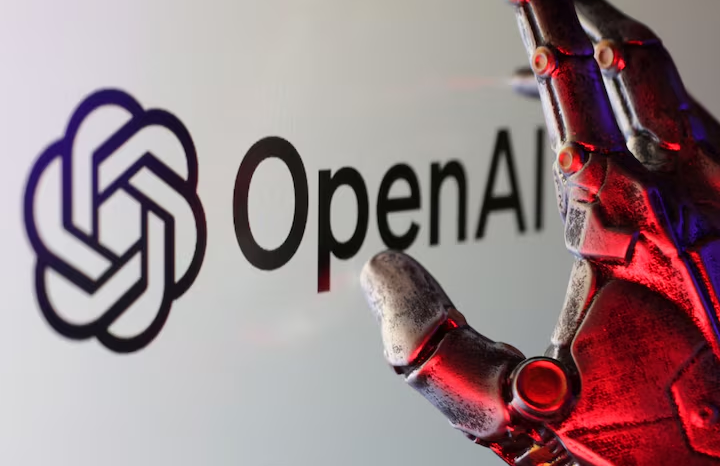The world of artificial intelligence continues to evolve at an astonishing pace, and OpenAI is leading the charge. The company behind ChatGPT has reported a massive surge in users, surpassing 400 million weekly active users in February 2025. This represents a remarkable increase from 300 million in December, underscoring the growing reliance on AI-powered tools across various industries.
Unstoppable Growth: OpenAI’s Rapid Expansion
OpenAI’s rise has been nothing short of meteoric. Backed by Microsoft, the AI powerhouse has also doubled its number of paying business users, crossing 2 million this month. This surge highlights the increasing demand for AI-driven solutions in both professional and personal settings.
One of the key drivers of OpenAI’s growth is the continuous improvement of its AI models. According to company reports, developer traffic for OpenAI’s reasoning models has doubled over the last six months, while its latest O3 model has seen a fivefold increase in usage since launching in late January. These figures reflect a growing trust in OpenAI’s technology as businesses and individuals integrate AI into their daily workflows.
The Competitive Landscape: China’s DeepSeek Challenges U.S. Dominance
Despite OpenAI’s success, competition in the AI industry is heating up. Chinese AI company DeepSeek recently introduced a model it claims can rival or even outperform Western alternatives at a significantly lower cost. The announcement sent shockwaves through the industry, raising questions about U.S. dominance in the generative AI space.
However, DeepSeek has faced challenges of its own. A surge in demand has led to system outages, highlighting potential scalability issues. Additionally, concerns have been raised about how DeepSeek acquired Nvidia’s H800 chips, which are essential for training advanced AI models. The U.S. has banned the export of these chips to China, making their procurement a subject of scrutiny.

What This Means for the Future of AI
OpenAI’s explosive growth and the emergence of strong competitors signal a rapidly evolving AI landscape. As businesses and individuals continue to embrace AI-driven tools, the competition will likely fuel further innovation and improvements in AI models.
For users, this means more advanced and accessible AI tools to enhance productivity, creativity, and problem-solving. However, it also raises concerns about regulation, ethical considerations, and the geopolitical implications of AI dominance.
With AI adoption accelerating at an unprecedented rate, the future holds exciting possibilities—and perhaps a few challenges—for the technology’s role in our daily lives.



